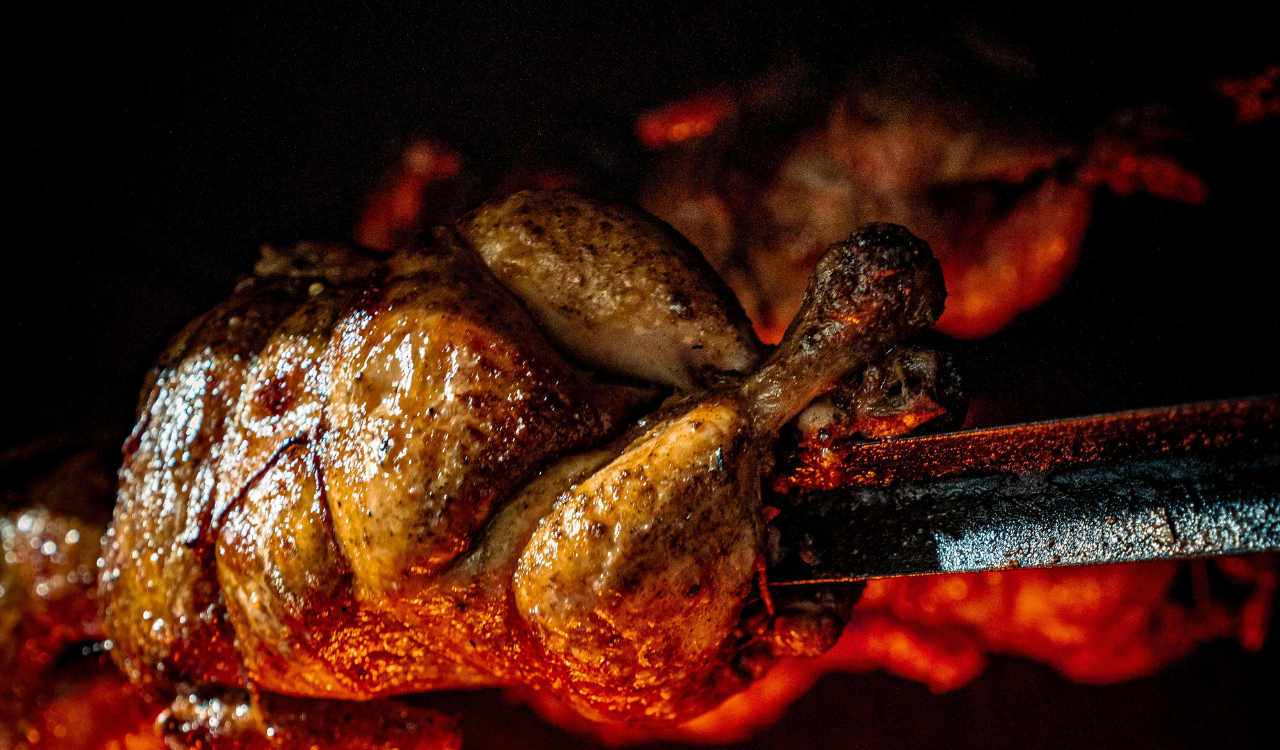9 Sicilian Specialties Everyone Should Taste At Least Once
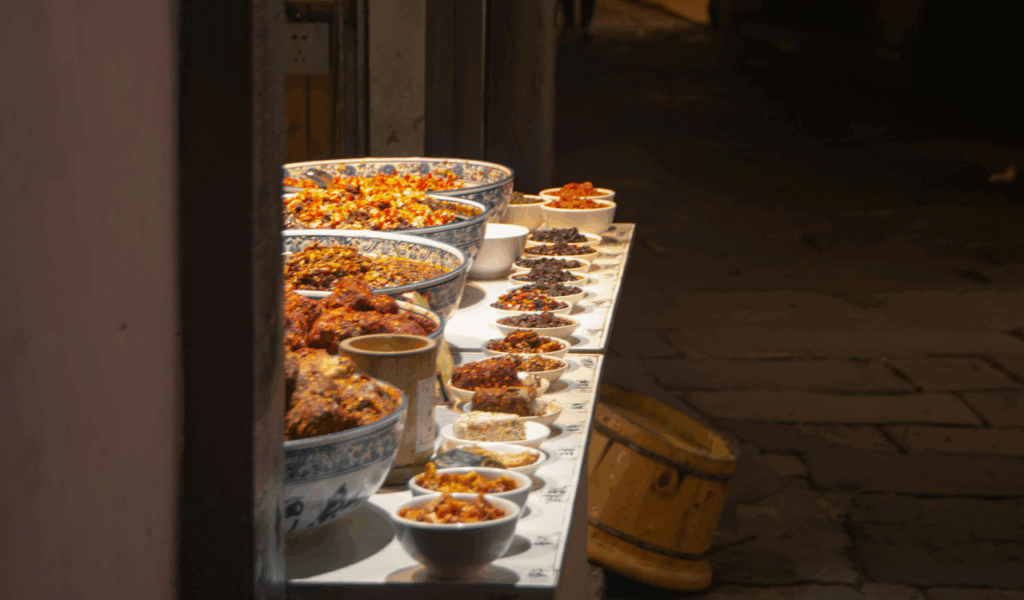
In addition to being the largest island in Italy, Sicily is a living museum of culinary influence, with layers of history infused into each dish. Every bite of Sicilian food, which has influences from the ancient Greeks and Arabs to the Normans, Spanish, and North Africans, tells a mouthwatering tale. It’s about how ingredients, culture, and tradition combine to produce incredibly fulfilling food that is rich, vibrant, and comforting; it’s not just about pasta and seafood. Sicilian cuisine is vibrant, spicy, hearty, and full of texture, whether you’re cooking at home, strolling through a Palermo market, or visiting a small coastal village. Whether savory or sweet, hot or cold, rustic or elegant, these nine dishes capture the essence of the island’s flavors. Although each is distinct, they are all united by the Sicilians’ passion for straightforward, unpretentious ingredients and intense flavor. Let’s explore the foods that everyone ought to try at least once in their lifetime.
1. Arancini / Arancine
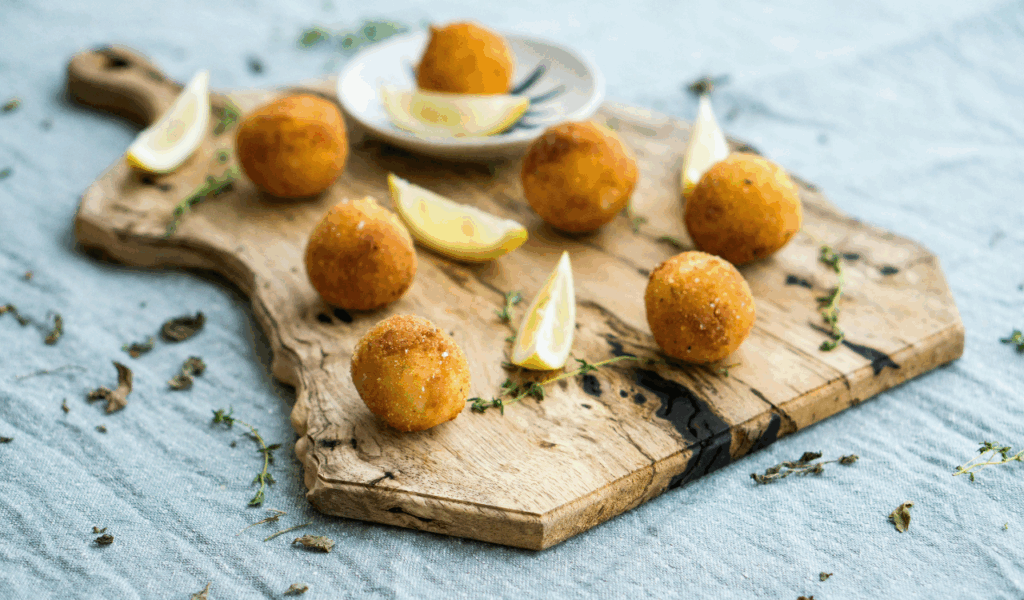
Golden, deep-fried balls (or cones) of rice, arancini (sometimes spelled arancine depending on where you are in Sicily) are a staple of Sicilian street cuisine. They are usually filled with a savory filling such as ragù (meat sauce), mozzarella, peas, or even pistachios. Saffron is frequently used to flavor the rice, giving it a deep hue and subtle scent. After that, they are coated in bread crumbs and deep-fried until the outside is perfectly crispy and the inside remains soft and mushy. Because of their size and shape, arancini are called “little oranges.” They are rounded in some places and conical in others (like Catania). Comfort, texture, and flavor are all expertly balanced in this dish. Arancini can be found in upscale dining establishments as well as small bakeries. They’re frequently eaten as a quick snack, light lunch, or on-the-go street food. They are essentially Sicily’s version of fast food, but much better—portable, satisfying, and infinitely customizable.
2. Pasta alla Norma

Sicily on a plate is pasta alla Norma. This hearty vegetarian dish features pasta (often rigatoni, penne, or spaghetti) tossed in a robust tomato sauce, sautéed eggplant, fresh basil, and topped generously with grated ricotta salata, a firm, salted cheese made from sheep’s milk. A well-balanced and incredibly satisfying flavor is produced by the combination of sweet tomatoes, creamy eggplant, salty cheese, and fresh basil. This Catalan dish is named for Vincenzo Bellini’s opera Norma, which was written in Sicily. According to legend, a chef declared this dish to be “a Norma,” or masterpiece, after tasting it. This dish is as bold and sophisticated as it sounds, but it’s also cozy and rustic. Pasta alla Norma’s simplicity—it calls for very few ingredients, yet each one is handled with care—is what makes it unique. It’s one of the most memorable pasta dishes you’ll ever eat when prepared properly.
3. Cannoli
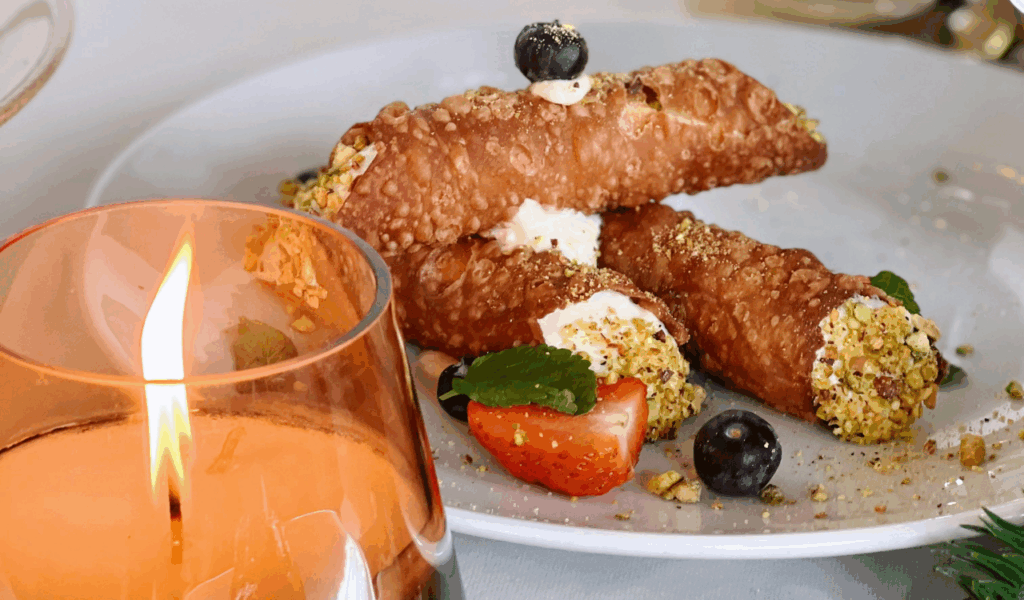
Cannoli is one of the most recognizable desserts. A creamy mixture of sweetened ricotta cheese, frequently combined with chocolate chips, candied orange peel, or pistachios, fills these crispy, tube-shaped shells of fried pastry dough. Cannoli originated in Sicily and are now popular all over the world, but they are especially delicious when prepared fresh. Texture is what sets a great cannolo apart from a mediocre one. The shell should never be soggy; it should be crisp and incredibly light. The ricotta should be rich without being heavy, velvety smooth, and sweet without being overbearing. Sheep’s milk is frequently used to make ricotta in Sicily, giving it a richer flavor. Cannoli are eaten on holidays, special occasions, or simply whenever you want the ideal treat. Cannoli are a delectable representation of Sicilian inventiveness, having evolved from their origins as a carnival treat to their current position as a pastry legend.
4. Cassata Siciliana
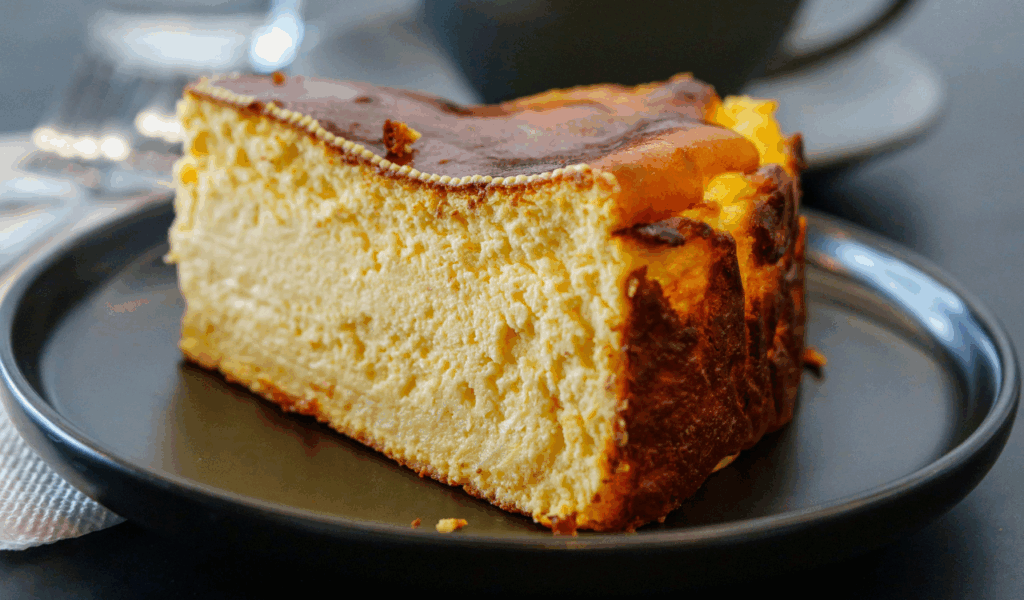
The jewel in the crown of Sicilian desserts is cassata. Layers of sponge cake soaked in liqueur or fruit syrup, sweetened ricotta cheese (often combined with chocolate or candied fruits), and a colorful layer of marzipan combine to create this rich and colorful cake. Typically, candied citrus peels, cherries, and elaborate icing are used to decorate the entire cake, creating an almost edible stained-glass window. The origins of cassata span centuries, with influences ranging from the Spanish introduction of sponge cake to the Arab introduction of sugar and citrus. One slice is typically sufficient to satiate even the most severe sweet tooth, and it is customarily served during Easter, Christmas, or significant celebrations. A cake that combines art, culture, and sugar to create a show-stopper, cassata is more than just a cake. Treat yourself if you ever come across one in a pastry shop. You’re tasting tradition, not just cake.
5. Granita (with Brioche)

Granita, a semi-frozen dessert made with sugar, water, and natural flavorings like lemon, almond, coffee, or berries, is the quintessential summertime treat in Sicily. It is so refreshing that many Sicilians eat it for breakfast—yes, breakfast—especially when served with a warm, fluffy brioche col tuppo, a slightly sweet bread roll. It has a granular texture that falls somewhere between sorbet and shaved ice Every Sicilian region has a favorite flavor. In the west, coffee or almond may be the preferred beverage, while in the east, lemon granita reigns supreme. A good granita should melt smoothly on the tongue, regardless of its flavor. It’s the ideal way to cool off and savor a burst of flavor. It’s proof that a few ingredients, prepared well, can create something genuinely unforgettable. It’s simple yet exquisite.
6. Caponata
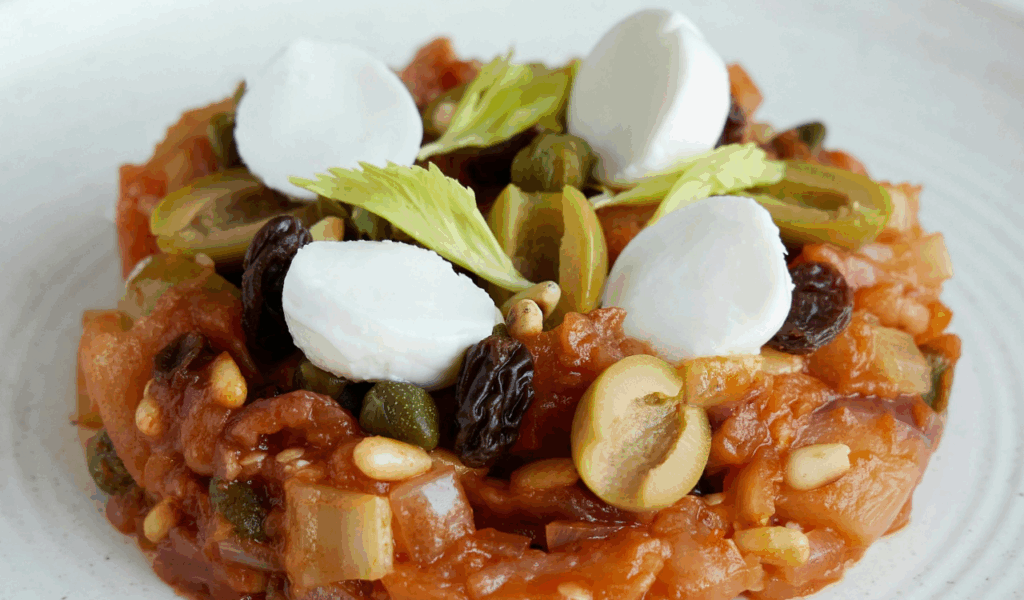
Sicily’s love of vegetables, harmony, and strong flavors are all celebrated in caponata. Diced fried eggplant, celery, tomatoes, capers, olives, and onions are all simmered in an agrodolce (sweet-and-sour) sauce made with sugar and vinegar in this dish. For extra complexity, some versions also contain raisins or pine nuts. Caponata is typically consumed cold or room temperature as a side dish or appetizer, but it can also be spread on crusty bread for a straightforward, rustic dinner. Its magic is found in contrast, as is the case with many Sicilian dishes: earthy meets bright, soft meets crunch, sweet meets savory. It demonstrates how simple ingredients like sugar, vinegar, and eggplant can be combined to create something sophisticated and incredibly flavorful. It is also naturally gluten-free and vegan, making it suitable for all diets.
7. Panelle
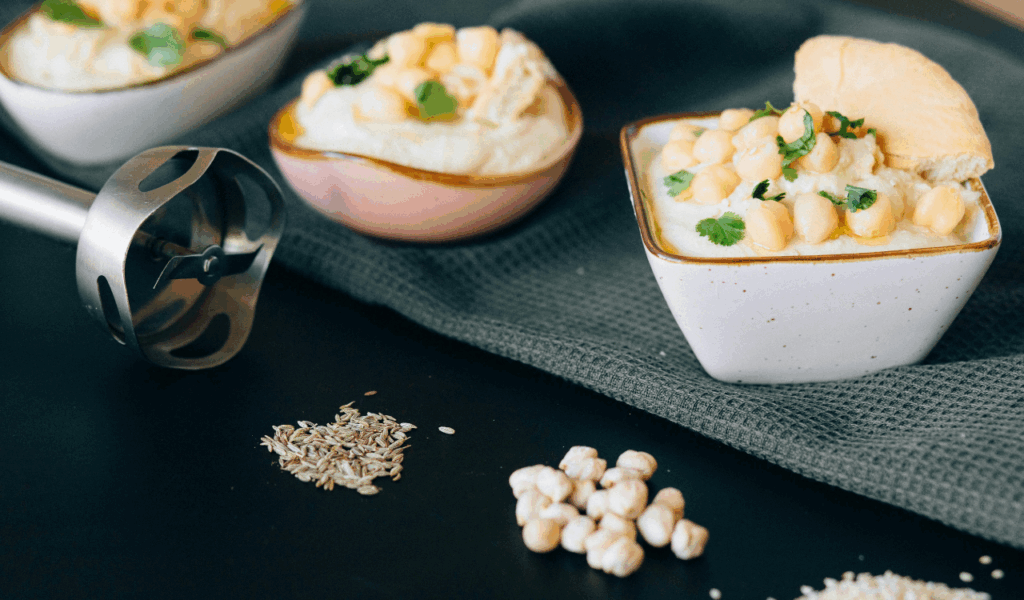
Chickpea flour, water, salt, and parsley are combined to make panelle, which are thin fritters that are cooked into a thick paste, cooled, sliced, and deep-fried until they are crispy on the outside and creamy inside. These golden slices are a mainstay of Sicilian street food, particularly in Palermo, and are usually served in bread as a sandwich (with lemon squeezed on top). They have a slightly nutty flavor, crisp edges, and a soft center, making them incredibly satisfying and simple. Panelle’s origins lie in cucina povera, or peasant cooking, where ingenuity transformed common pantry items into a hearty and satisfying meal. They can be consumed on their own as a snack, though they are typically served in sesame-seed rolls. They are naturally high in protein, free of gluten, and highly addictive. Without noticing, you could eat a dozen and still return for more.
8. Pani câ Meusa

Pani câ meusa, which translates to “bread with spleen” in Sicilian, is a sandwich that embodies Palermo’s daring street food culture. It is not for the timid. It is made with soft sesame bread stuffed with chopped boiled veal lung and spleen, which are then fried in lard. Usually, the sandwich is finished with a squeeze of lemon or topped with caciocavallo or ricotta cheese. The flavor is earthy, rich, and surprisingly tender, despite the intimidating sound. Utilizing every part of the animal to create a richly flavorful dish is a testament to Sicilian ingenuity. Traditionally, this sandwich is consumed hot and fresh, frequently from food carts close to Palermo’s busy marketplaces. Pani câ meusa provides a memorable taste of Sicily’s culinary soul if you’re daring and enjoy strong flavors.
9. Sarde a Beccafico
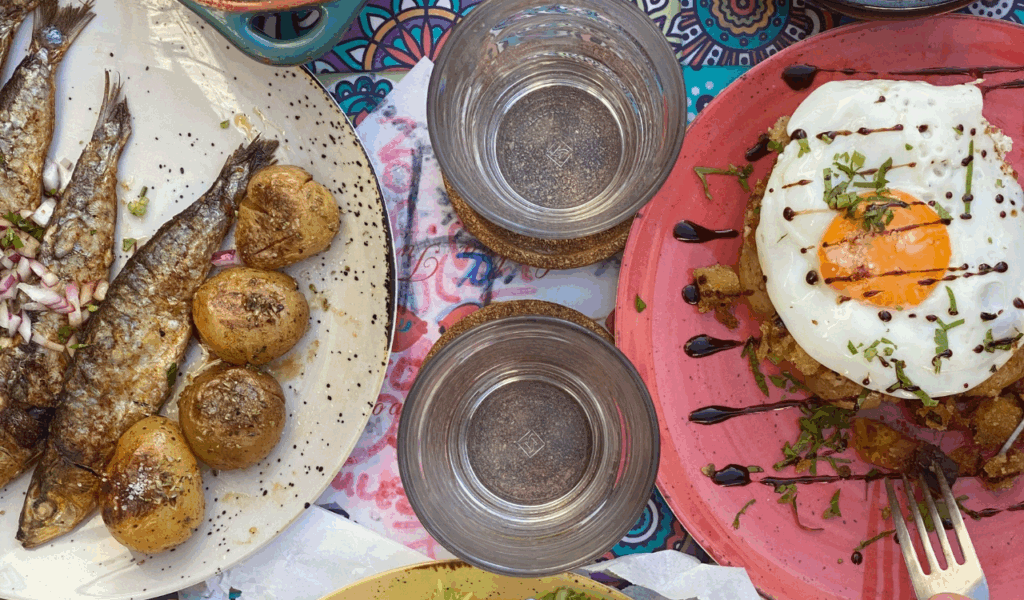
One of the best examples of Sicily’s ability to transform basic, regional ingredients into gourmet cuisine is sarde a beccafico. This dish consists of butterflied fresh sardines filled with breadcrumbs, pine nuts, raisins, parsley, garlic, and occasionally citrus zest. After being rolled, the fish is fastened with toothpicks, sprayed with olive oil, and baked until it is soft. This dish has a distinctively Sicilian balance of umami, salt, and sweetness. The dish’s name is derived from a small songbird (beccafico) that was traditionally consumed in aristocratic homes; it uses more accessible, everyday fish to replicate that presentation. Sarde a beccafico are light, fragrant, and bursting with contrast, whether served warm or at room temperature. This dish is frequently surprisingly delicious, even for those who aren’t big on fish. Anyone interested in traditional Mediterranean cooking should definitely try it.



